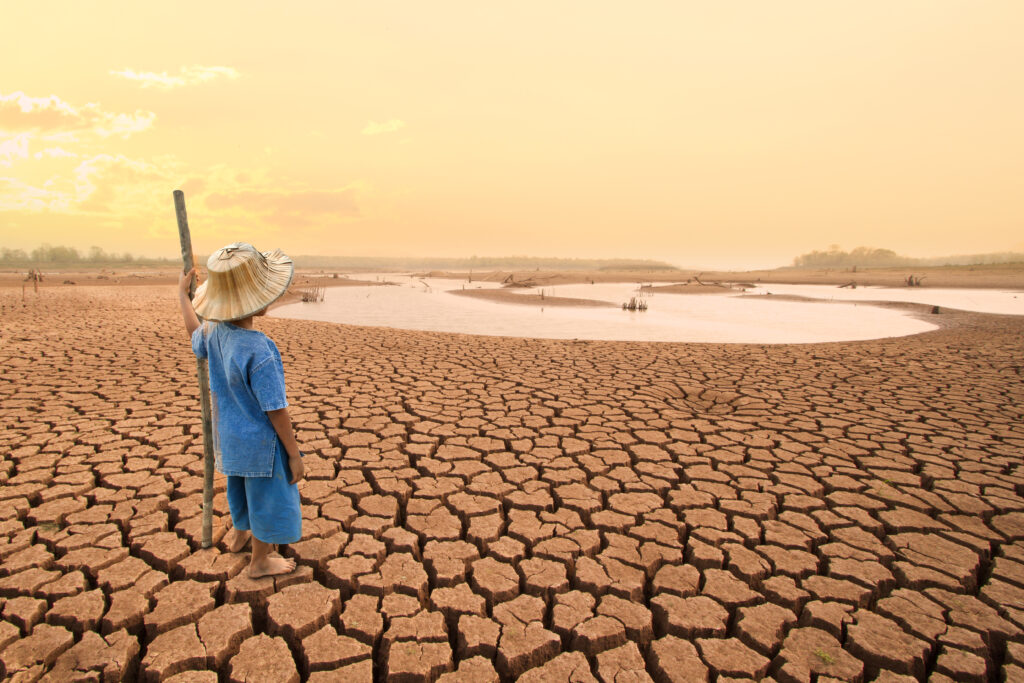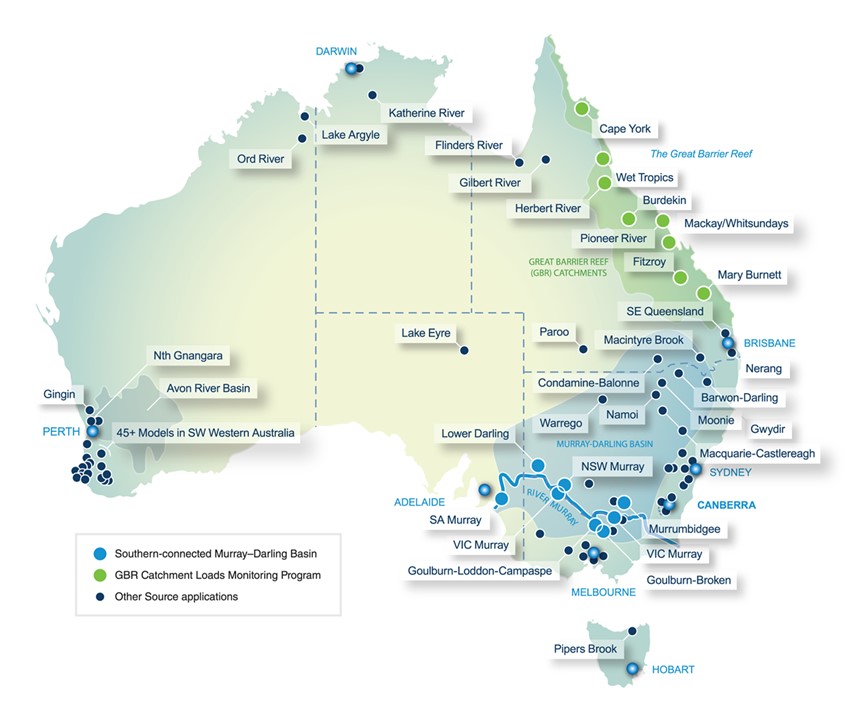Food security depends on better water management
Food security depends on better water management
Damien Pearson, General Manager, eWater Solutions
World Water Day (March 22) this year provided an opportunity to reflect on the importance of best practice water management solutions to support our global food security. In 2022 the world’s population reached eight billion people.[i] With 8 billion mouths to feed, we need to ask a lot from the world’s food producing regions and we need to do a lot to support the ask.

We can feel proud of the role Australian technologies are playing to improve the management of the world’s precious water resources. One of the key benefits of these efforts is significant improvement in the sustainability and productivity of many of the world’s irrigated agricultural regions, a vital endeavour to sustainably improve global diet, nutrition and health outcomes.
Irrigated agriculture today represents 20 percent of the total cultivated land and contributes 40 percent of global agricultural output. Irrigated agriculture is, on average, at least twice as productive per unit of land as rainfed agriculture, thereby allowing for more production intensification and crop diversification. The World Bank estimates that agricultural production will need to expand by up to 70 percent by 2050 to feed humanity[ii], just as climate change is making rainfall less predictable. Better management of water resources and improved efficiency in the use of water in agriculture will be essential to meet the additional demand upon water resources.
This need is being responded to with significant global investment. Many of the world’s food producing regions are presently within a golden age with significant investments enhancing crop-per-drop by adopting precision irrigation scheduling technologies, modern high efficiency water application systems, and highly efficient surface water conveyance networks.
One of the key investment questions to be asked is whether we truly understand the future capacity of rivers and catchments to supply the water that irrigation systems rely on. As we focus on improvements in the management of water from the catchment to the root zone of the crop, are our decisions informed by an understanding of the future possible water availability in the irrigation area? Hydrological modelling systems such as eWater’s Source address these very questions by enabling water resource managers to assess future inflow scenarios and the agricultural production that can be sustained. This is vital to making well-informed food security investment decisions.
eWater is proud to be a part of the story of managing the waters of Australia’s Murray Darling Basin. Australia’s national water modelling platform, eWater Source, is being used for planning the sustainable use of the Basin’s water resources and increasingly for operating the Murray River system to efficiently deliver water to users.
eWater Source provides a reliable and repeatable means for managing surface water, entitlements and allocations, climate change impacts on the water cycle such as increased rates of evapotranspiration and managing the inevitable trade-offs in water demand and use.

As Australia’s National Hydrological Modelling System, eWater Source is used in many developing countries where food security is a immediately pressing development challenge, and where, sadly, large populations are on the edge of poverty.
Our integrated modelling platform is highly valued by international governments wanting to access Australia’s water expertise and tools. We are increasingly working with international clients to develop Source models and build their water management capacity.
Global food security will depend on improved water management in agriculture and eWater Source has become an important tool for delivering water when and where it is needed by farmers.
Learn more about eWater Source at https://ewater.org.au/products/ewater-source/

About the Author
Damien Pearson is the General Manager for eWater Solutions. His career has focused on technologies to improve water use efficiencies within irrigation areas in the Murray-Darling Basin, the Americas, Central Asia, Northern Africa and Europe. Damien is a systems engineer by training with extensive career experience in hydraulic modelling, software development, embedded systems development, and network distributed measurement and control technologies.
Prior to joining eWater, Damien served for 23-years in a range of roles within Australian water technology company Rubicon Water. Damien’s roles spanned R&D, product development, management of Rubicon’s North American operations and subsequent management of global business development. Damien’s experience includes the implementation of some of the world’s largest integrated control and measurement solutions to precisely manage agricultural water supply networks. This career history has provided Damien with extensive experience in the challenges faced by water users and management authorities, and the provision of tools to facilitate the improved management of water systems.
[i] https://unric.org/en/8-billion-people-10-facts-on-the-worlds-population/
[ii] World Bank, Water in Agriculture, 2022. https://www.worldbank.org/en/topic/water-in-agriculture